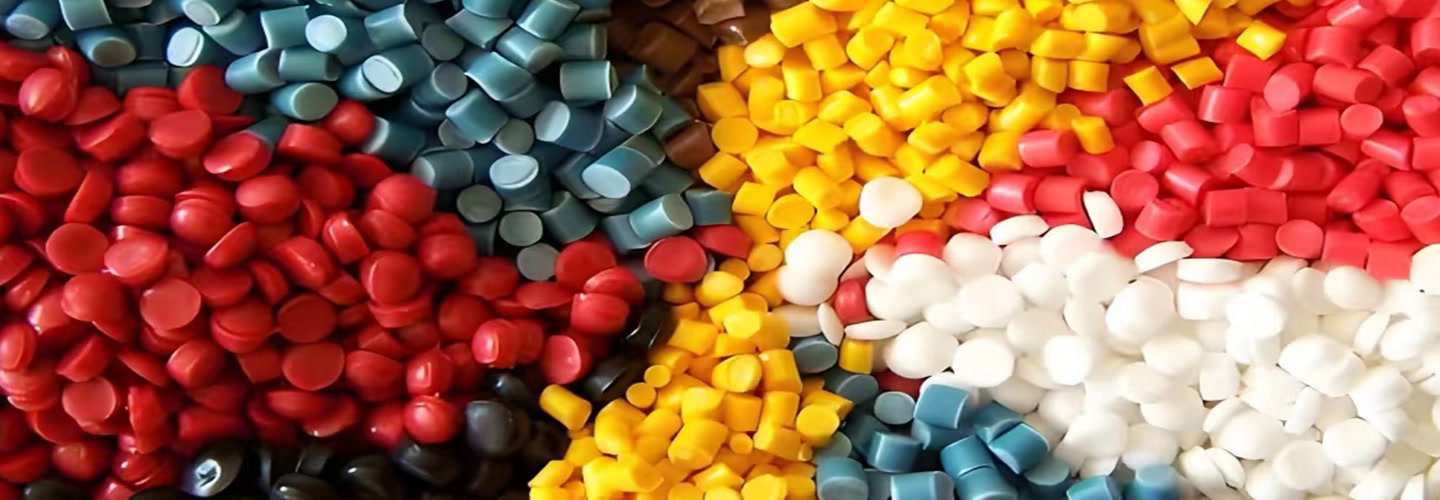
Selecting the right material is a critical step that can greatly influence the quality, cost, and performance of your final product. We'll guide you through making the best choice for your injection molding project, sharing real examples from our satisfied clients.
Define Your Product's Core Purpose
The first step in choosing the right material is understanding what your product needs to do.
What are the primary functions of your part?
Does it need to be strong, flexible, heat-resistant, or lightweight?
Will it come into contact with chemicals, water, or other substances?
Is appearance important?
Do you need transparency, color options, or a smooth finish?
For instance, one of our clients in the kitchenware industry needed a set of spatulas that were durable yet safe for food use. We recommended PP (polypropylene), which met both their functional and safety requirements.
Balance Cost and Performance
Cost is often a key consideration when selecting materials. While high-performance plastics like PEEK offer exceptional strength and durability, they come at a higher price point. On the other hand, general-purpose plastics like PE (polyethylene) are more affordable but may not meet demanding specifications.
A startup client working on a new line of household cleaning tools opted for ABS (acrylonitrile butadiene styrene) during prototyping because of its balance between cost and performance. Once the design was finalized, we transitioned them to PC+ABS for better strength and aesthetics in the final product.
Optimize for Manufacturing Efficiency
Not all materials behave the same way during the injection molding process. Factors like melt flow index (MFI), shrinkage rate, and cycle time play a significant role in determining how efficiently your parts can be produced.
One of our electronics clients needed brackets for their latest device. After analyzing their requirements, we suggested nylon due to its excellent mechanical properties and ease of processing. This decision helped reduce production time without compromising quality.
Prioritize Sustainability When Possible
As environmental concerns grow, many businesses are looking for eco-friendly alternatives. Bioplastics like PLA (polylactic acid) are becoming increasingly popular because they decompose faster than traditional plastics. However, these materials may have different performance characteristics, so thorough testing is essential.
We recently worked with a consumer goods brand to develop a line of biodegradable packaging solutions. By using PLA, we were able to create products that aligned with their sustainability goals while maintaining acceptable performance levels.
Seek Expert Guidance
Even with plenty of information, choosing the right material can be challenging. This is where seeking expert advice becomes invaluable. At Yes Prototype, we've helped many clients find the perfect material for their projects.
For example, a sports equipment manufacturer came to us needing a material for their new line of bicycle helmets. Together, we chose PC (polycarbonate) for its superior impact resistance and lightweight properties, creating a helmet that exceeded industry standards and received outstanding reviews from customers.
Common Injection Molding Materials and Their Applications
Here's a quick overview of commonly used materials in injection molding, along with their key properties and applications:
Nylon (PA)
Strong, lightweight, durable, but prone to water absorption. Ideal for bushings, gears, bearings, automotive parts.
Acrylic
Transparent, high tensile strength, weather-resistant, scratch-resistant. Used in windows, view screens, lighting equipment.
Polycarbonate (PC)
Clear, extremely durable, excellent optical properties. Suitable for lenses, electronics.
Polyoxymethylene (POM)
Strong, rigid, resistant to solvents like alcohol and gasoline. Commonly used for gears, fasteners, knife handles.
Polystyrene (PS)
Tough, durable, opaque (HIPS), transparent (GPPS). Found in toolboxes, power tool bodies, packaging.
Acrylonitrile Butadiene Styrene (ABS)
Opaque, tough, impact-resistant, good dimensional stability. Used in electronics, wall sockets.
Polypropylene (PP)
Chemical-resistant, moisture-resistant, flexible, recyclable. Ideal for food containers, packaging, live hinges.
Polyethylene (PE)
Lightweight, elastic, chemically resistant, inexpensive. Common in milk bottles, detergent bottles, toys, trash cans.
Thermoplastic Polyurethane (TPU)
Soft, elastic, excellent tensile and tear strength. Used in protective sheaths, grips, cables.
Thermoplastic Rubber (TPR/TPE)
Flexible, chemical-resistant, weather-resistant. Found in flexible hoses, catheters, headphone cables.
Conclusion
Choosing the right material for your injection molding project involves balancing functionality, cost, manufacturability, and sustainability. If you're unsure which material is best for your needs, don't worry—we're here to help! With our expertise and experience, we'll guide you through the process and assist in selecting the perfect material to bring your vision to life.
